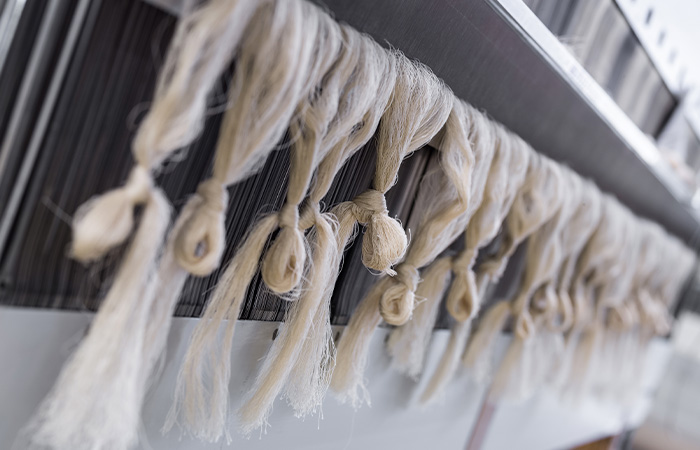
What Makes Ventile Special
February 4, 2019
Why Ventile is perfect for birdwatching
April 5, 2019Embracing Slow Fashion
‘Fast Fashion’ hit the headlines in 2018, after the Environmental Audit Committee reported that 235 million items of clothing were sent to landfill last year. The report also highlighted that 1.2 billion tonnes of carbon emissions were produced by the global fashion industry in 2015, significantly contributing to the greenhouse gases that are overheating our planet.
British MP’s and environmental campaigners are blaming this on the rise of ‘Fast Fashion’, where inexpensive clothes are produced rapidly by mass-market retailers in response to new trends and popular demand.
Consumers are now more aware of the implications of ‘Fast Fashion’ and what this means for our people, animals and planet. Therefore brands are increasingly turning to a more sustainable approach to manufacturing, also known as slow fashion.
Slow Fashion is a movement that is steadily gaining momentum and is likely here to stay. So what is Slow Fashion and why should we embrace it?

What is Slow Fashion
Slow Fashion is an approach to consuming and creating fashion consciously, sustainably and with integrity. It places importance on social and environmental awareness throughout the manufacturing process, whilst also appreciating beautiful, well-made clothing which lasts.
The term Slow Fashion was coined by Kate Fletcher from the Centre for Sustainable Fashion, following the phenomena of the slow food movement. Fletcher saw a need for a slower pace in the fashion industry which encourages us to buy less garments of a higher quality, made from more sustainable processes, less often.
The three foundations of a Slow approach
- Lasting fashion: Creating high quality, durable and classic garments that are built to last
- Sustainable processes: Looking at manufacturing techniques that are eco-friendly and/ or local. As well as looking at employing sustainable methods, fashion producers can look at incorporating recycled materials into garments, whilst consumers are encouraged to purchase second hand and vintage clothing
- Ethical awareness: The fair treatment, equality and respect for the people employed in all parts of the manufacturing process
Some characteristics of a Slow Fashion brand
- Products are made from high quality, sustainable materials
- Often sold in independent shops and stores
- Locally sourced, produced and sold garments
- Limited styles per collection, which are released only a few times per year
Slow Fashion represents all things “eco”, “ethical” and “green” in one unified movement and we are proud to be part of it. At Ventile, we are committed to creating a fabric that is high quality, sustainable and also ethically produced.
For more information on our fabrics and our processes, please visit our fabrics page.
